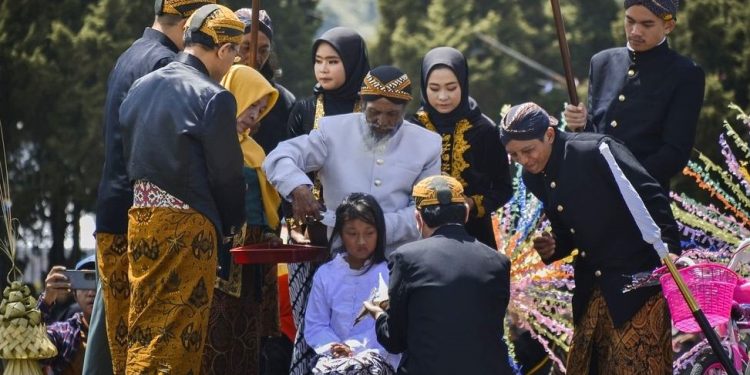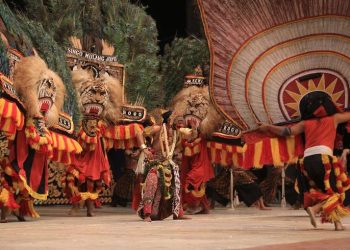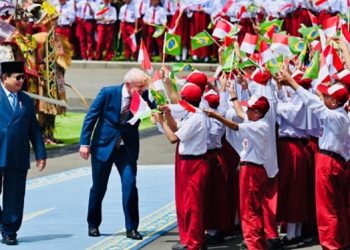Bandung, Indonesia Sentinel — The Javanese people, one of Indonesia’s largest ethnic groups, are known for their rich cultural heritage. Among the many tradition still observed today is the ruwatan, a ritual deeply rooted in ancient beliefs and customs. This ceremony symbolizes the release or liberation of an individual or community from perceived curses or misfortunes believed to bring harm.
In the Javanese language, ruwat or luwar means to “release” or “liberate.” Therefore, ruwatan is a ceremonial act to free individuals or communities from negative energies or divine curses. The tradition, passed down through generations, is performed as a means of warding off bad luck and misfortune.
Ruwatan rituals can be conducted for individuals, the environment, or entire villages, each with the shared goal of purification and the removal of harmful energies.
Origins of Ruwatan
The roots of ruwatan tradition can be traced back to Javanese mythology, particularly stories from wayang (shadow puppet) performances. One notable tale involves the deity Batara Guru, who had two wives, Pademi and Selir. Pademi bore him a son, Wisnu, while Selir gave birth to Batarakala, a giant with malevolent tendencies.
According to the myth, Batarakala’s creation stemmed from an uncontrollable act of desire. While traveling across the ocean on the back of a sacred bull, Batara Guru attempted to consummate his desire with Selir, who rejected him. As a result, his spilled seed fell into the sea, transforming into the monstrous Batarakala.
As Batarakala grew, he developed a craving for human flesh, particularly that of children born with ill-fated circumstances, such as being an only child. To protect these children, families perform ruwatan rituals to shield them from misfortune and calamity.
Ritual Requirements and Process
Ruwatan ceremonies involve specific preparations, most notably the provision of sajen, an offerings that serve as a medium for spiritual communication. These offerings include a variety of items, such as food, flowers, rice, fabric, and other symbolic materials.
Ancient Saber Toothed Kitten Mummy Discovered, Perfectly Preserved after 35,000 years
The ritual itself is guided by a dalang (puppet master), who stages a special wayang performance of the story Murwakala, which recounts the origins of Batarakala. Accompanying this performance is the offering of specially prepared sesaji (sacrifices) dedicated to appease Batarakala.
The Meaning and Relevance of Ruwatan
The core purpose of ruwatan is to pray for the liberation of individuals or communities from harm and to secure their well-being. The ritual reflects a deep-seated belief in the protective power of tradition and the importance of spiritual balance.
Today, many Javanese people continue to practice ruwatan, particularly for only children or those who believe they carry misfortunes that require spiritual intervention. Beyond its practical purpose, the ceremony serves as a way to preserve the cultural legacy and ancestral wisdom passed down through generations.
As a testament to its enduring significance, ruwatan tradition remains an integral part of Javanese identity, blending spiritual devotion with a commitment to cultural preservation.
(Raidi/Agung)
























